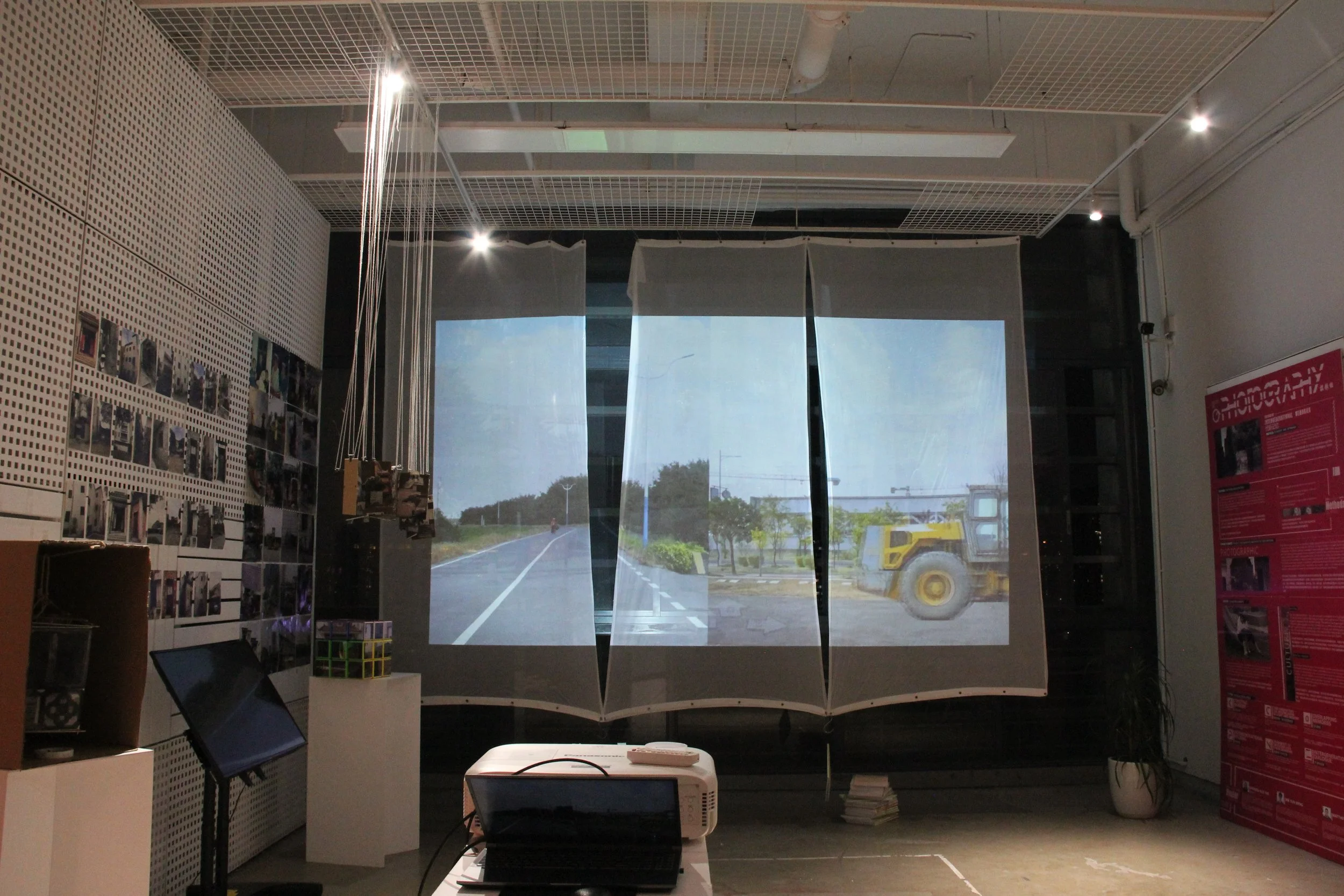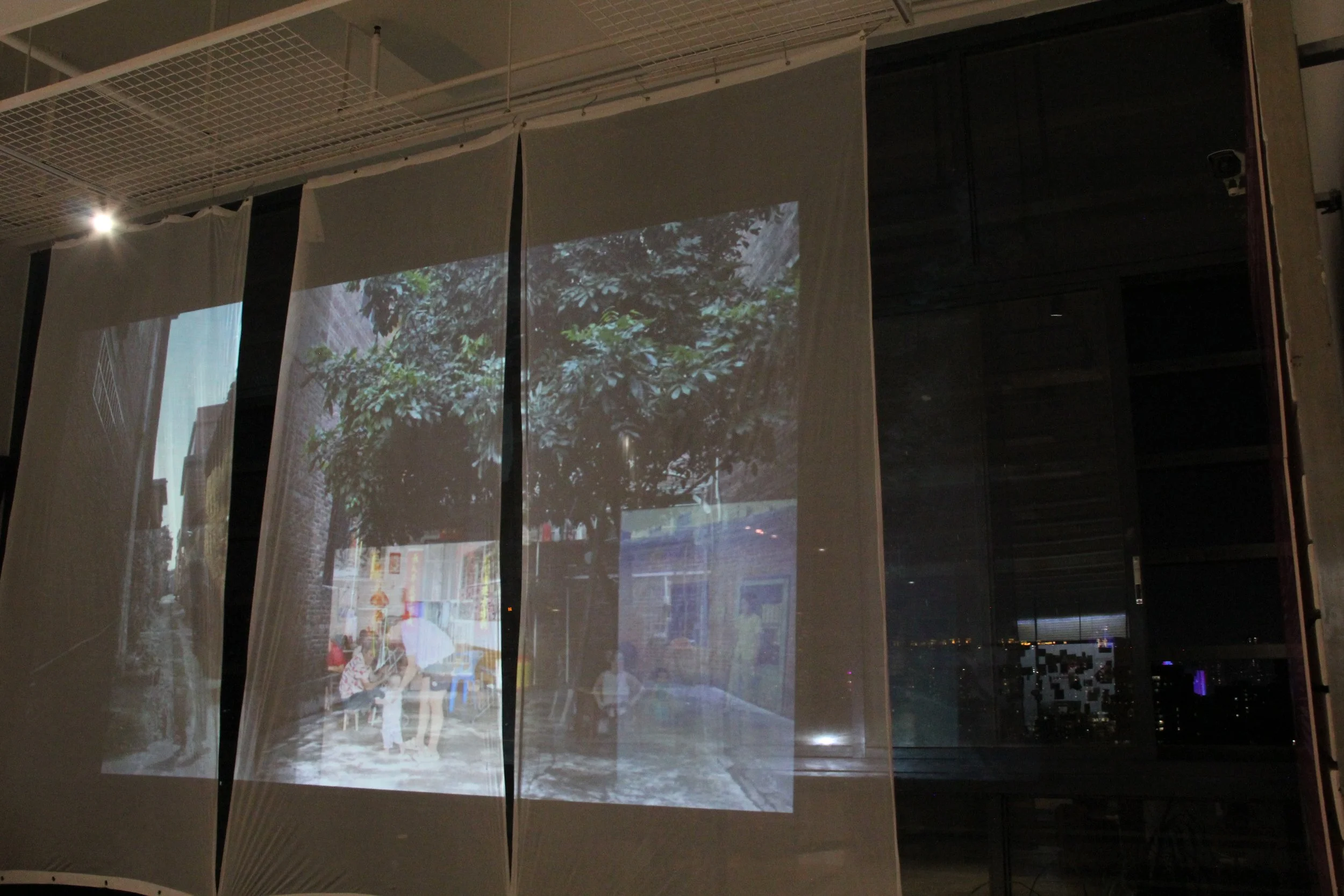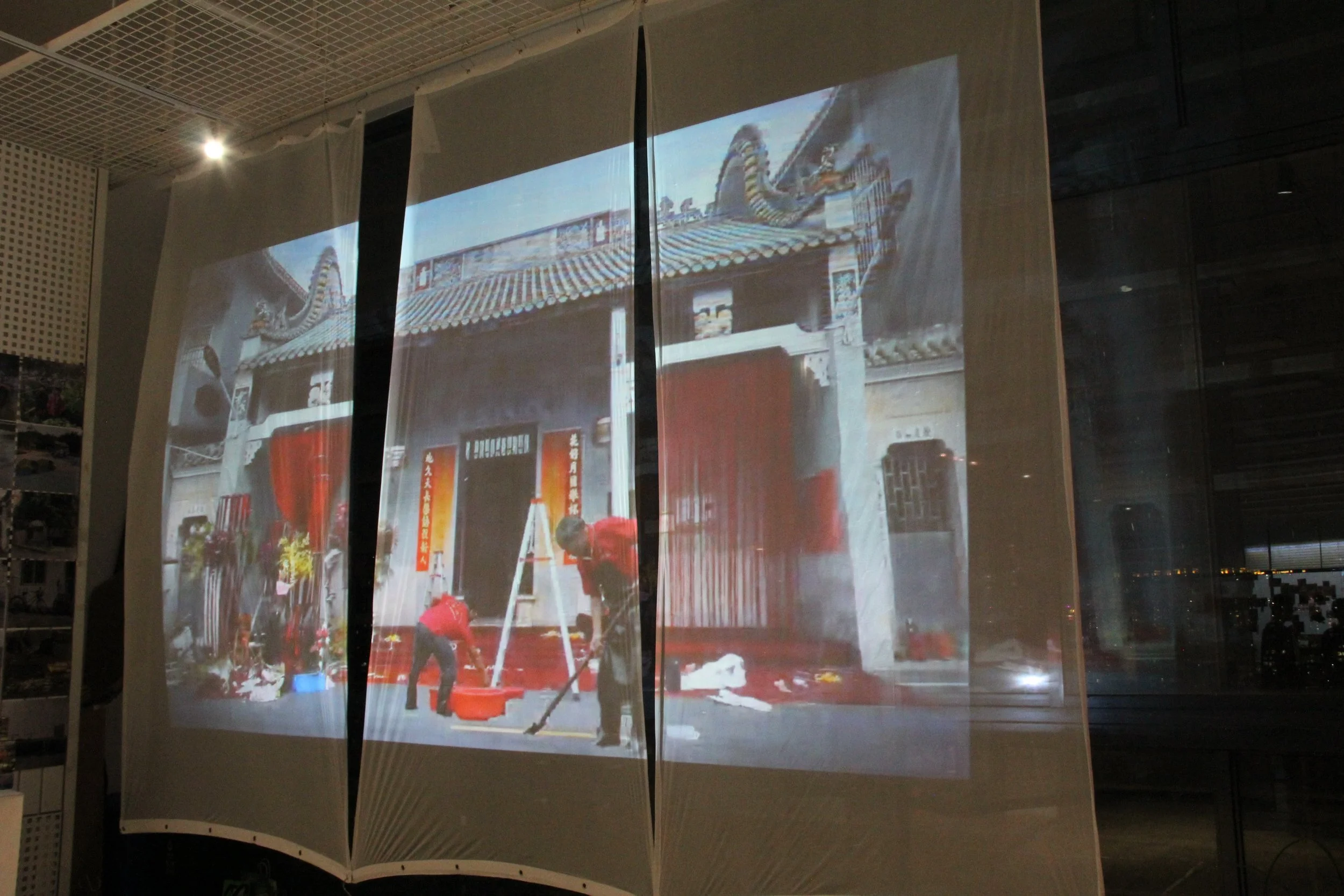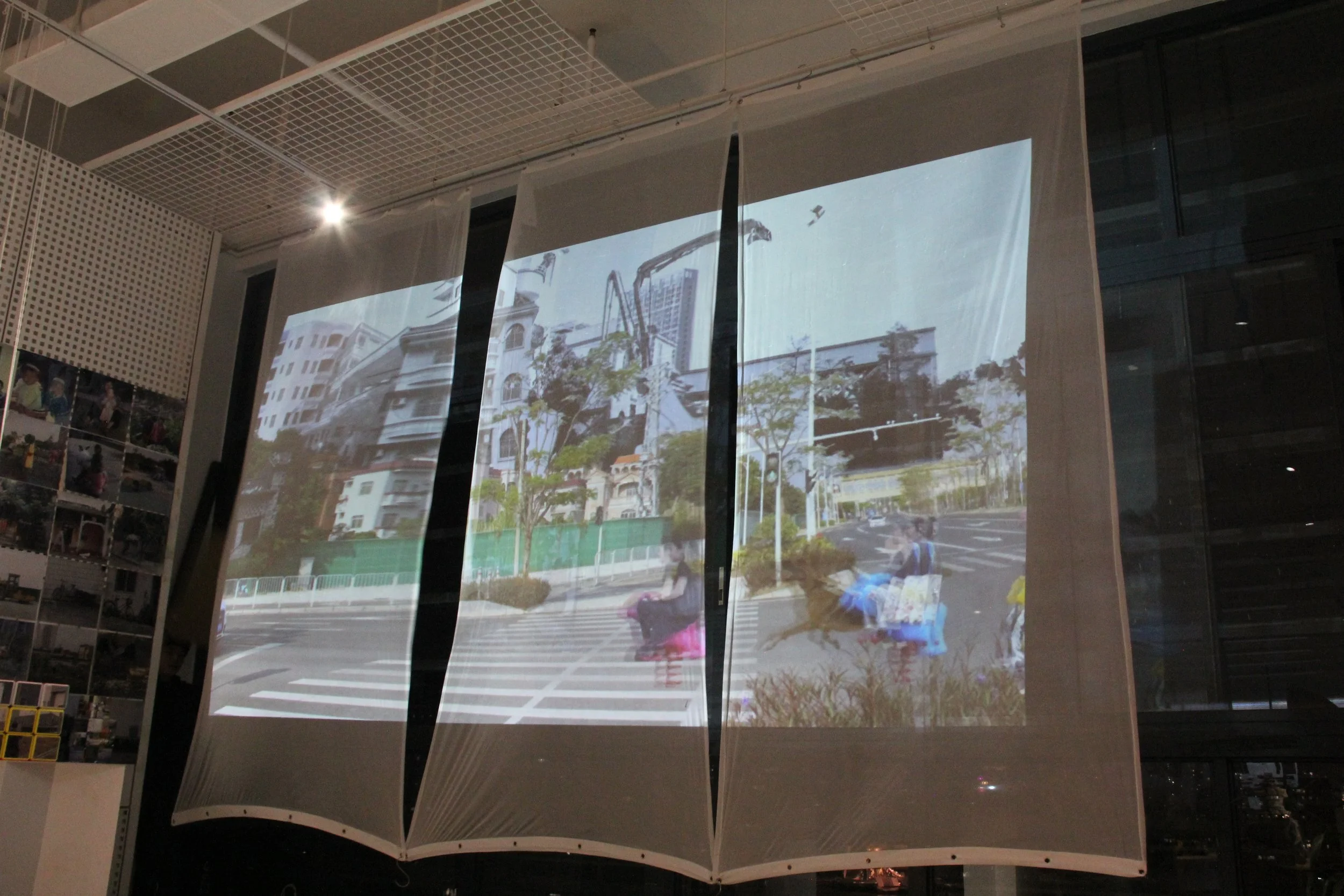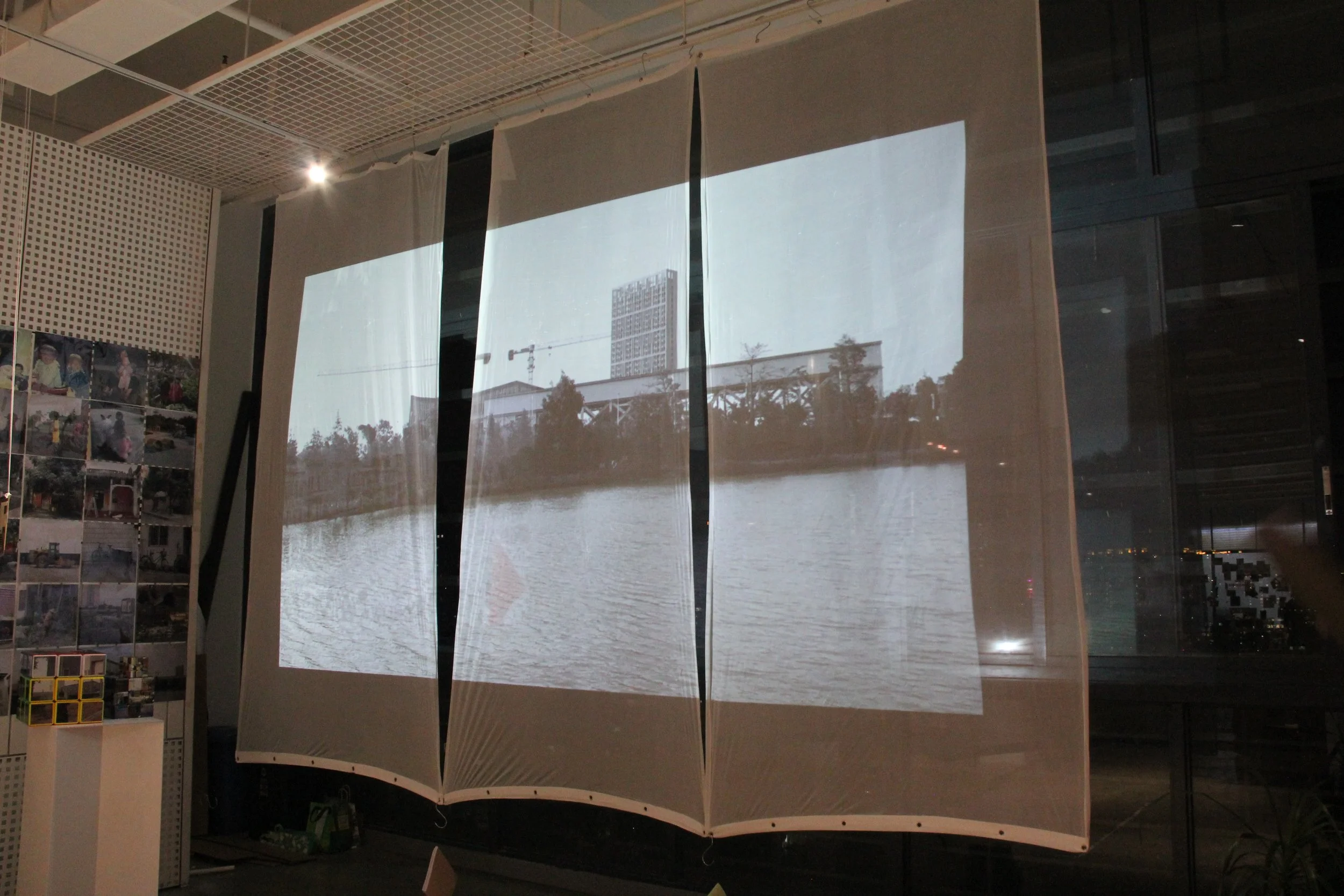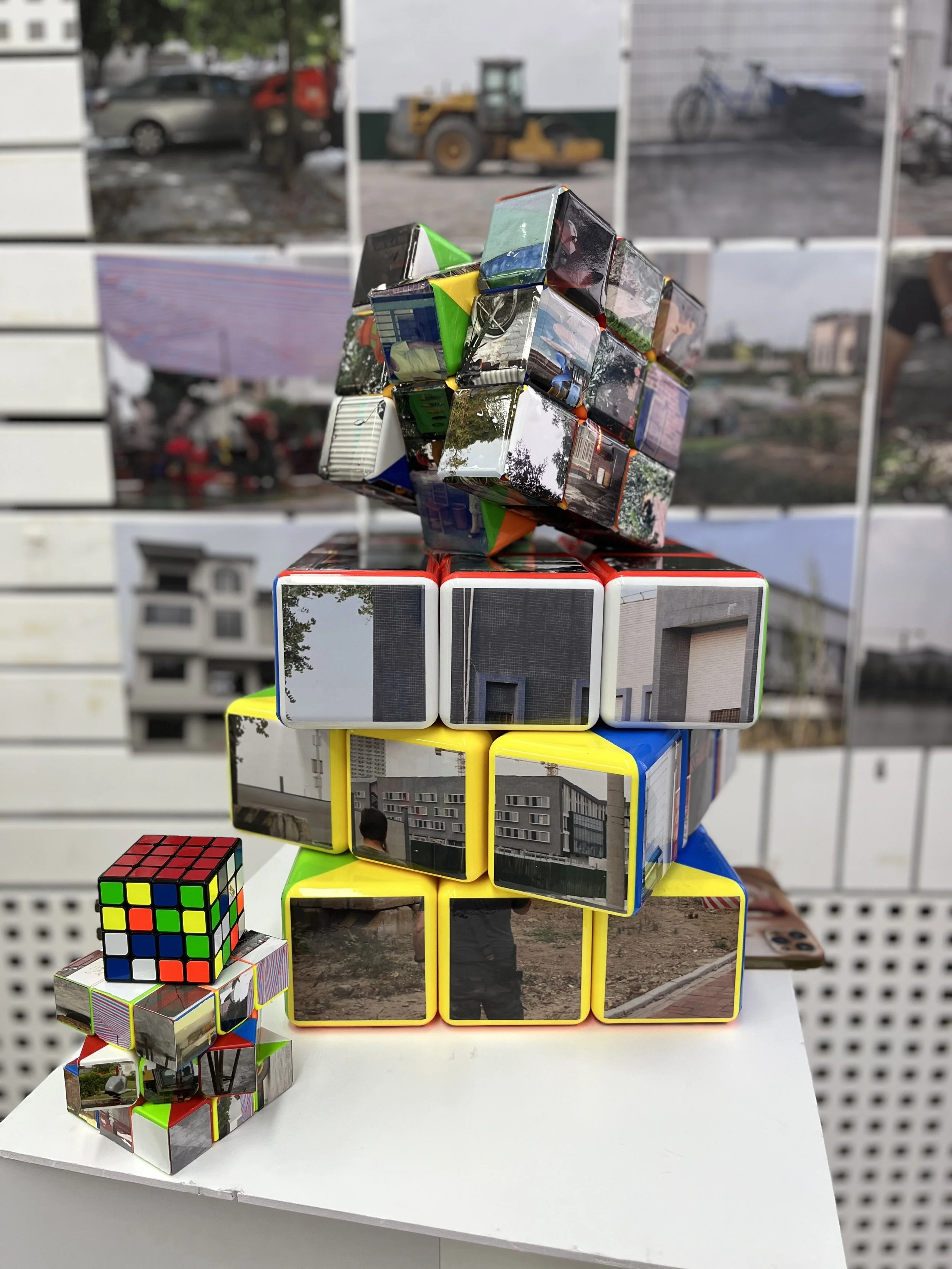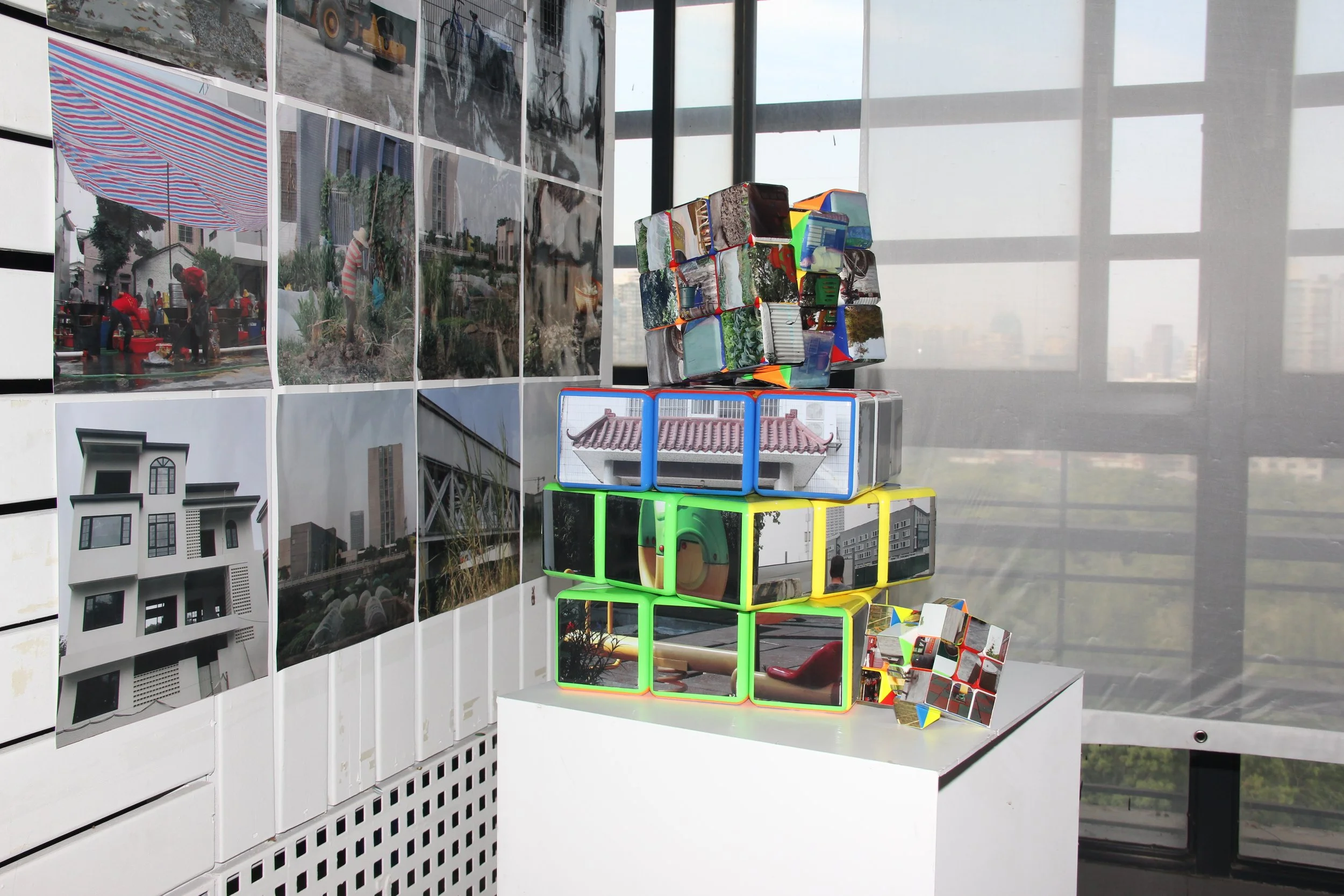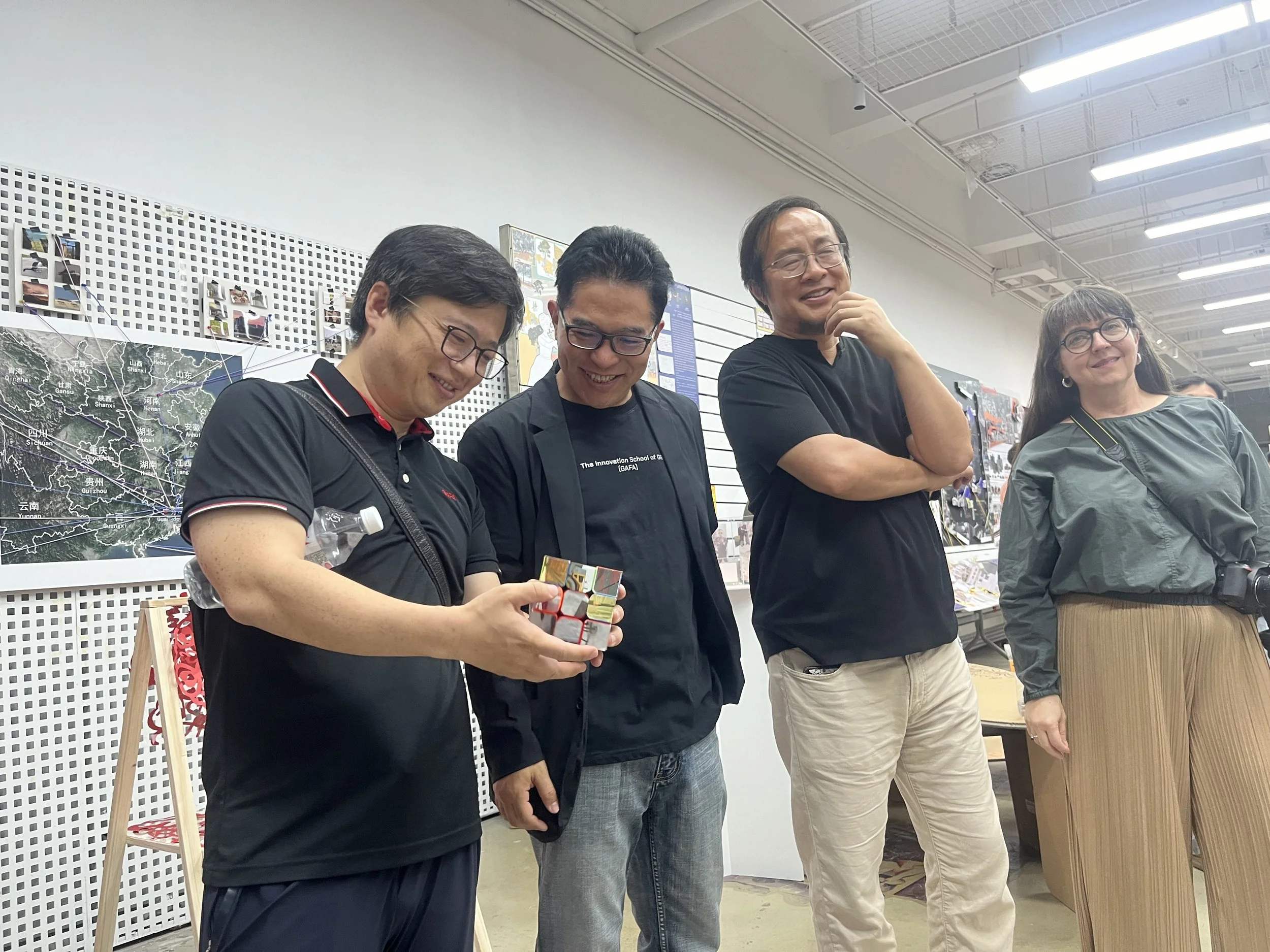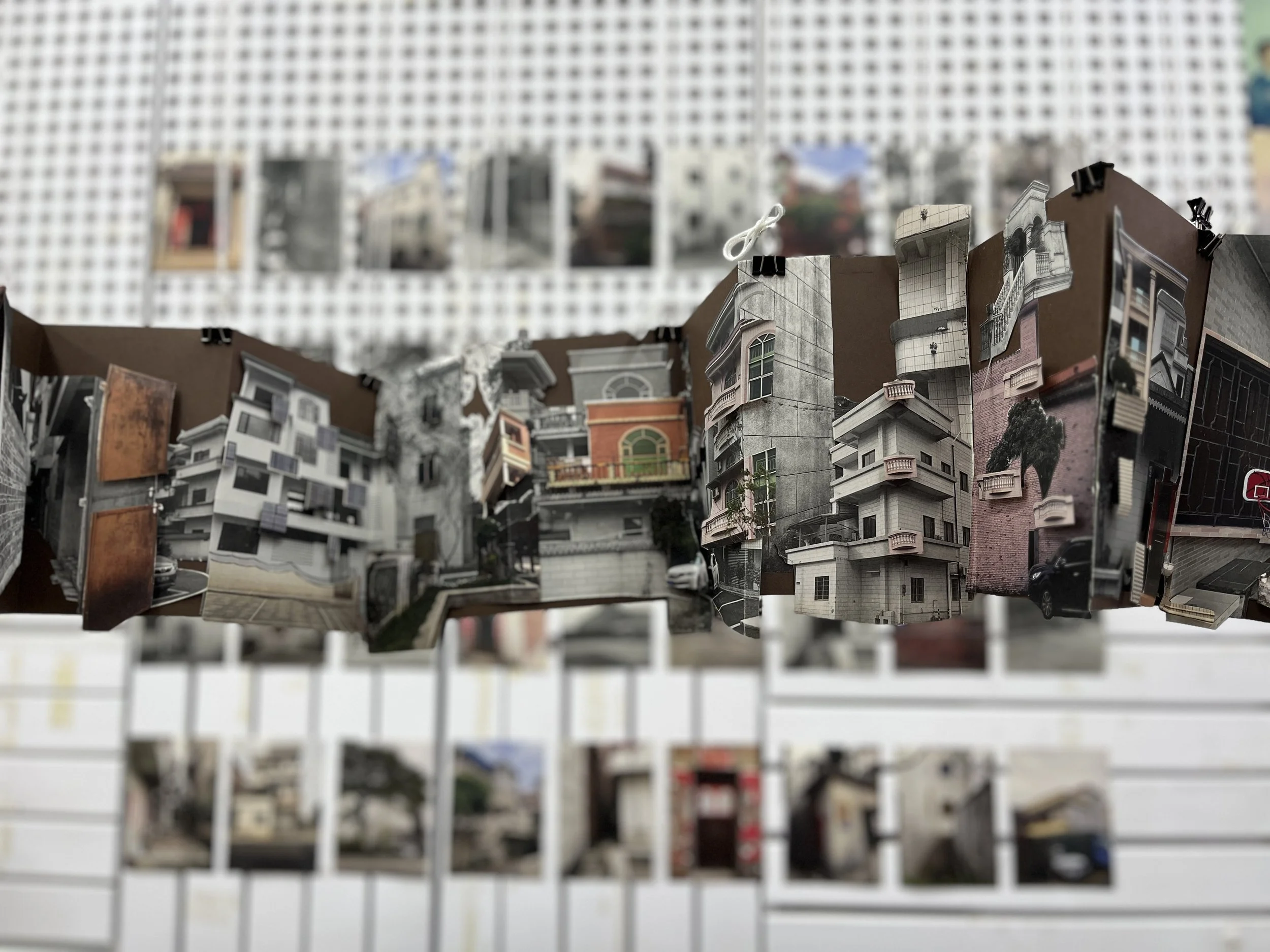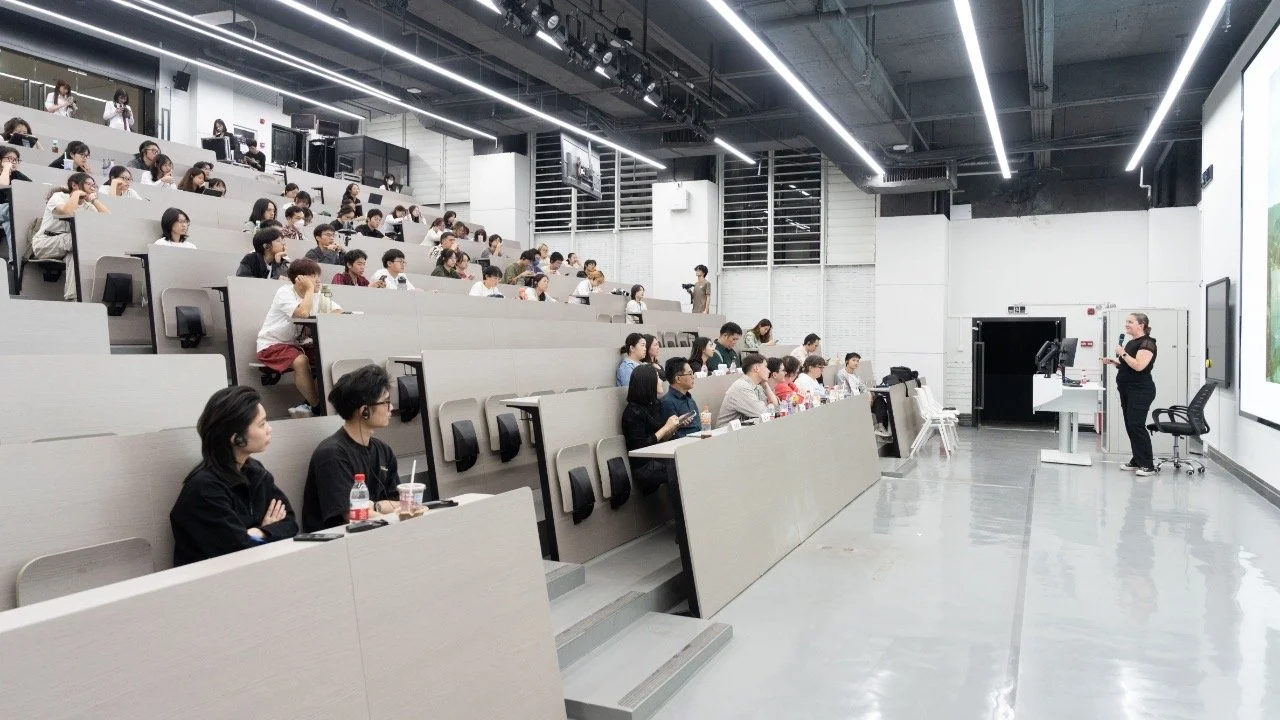A Week at GAFA
A few weeks ago a colleague from my UAL PhD family put a call out in the group chat about a workshop happening in Guangzhou China at the beginning of November and looking for mentors to support MA students from the Guangzhou Academy of Fine Arts. Long story short, on the 2nd November Matt and I landed in Guangzhou - first time back in China since before the pandemic. Timing was perfect as we were heading to Asia anyway for what has become our rather customary winter escape to warmer weather, to run photo tours in Laos, Cambodia and Vietnam. And we’ve been really eager to come back to China.
The Brief
Microcities - Artistic Creation, Urban Memory and Media Reproduction
A week-long workshop with 60 participant postgraduate students from the Guangzhou School of Architecture and Applied Arts, part of GAFA, specialising in design, art design, and landscape architecture. The workshop’s aims were to investigate how art-making can contribute to shaping a more livable and sustainable urban future. It meant to serve as a unique platform that amalgamates diverse perspectives and ideas, offering participants the opportunity to engage deeply and collaboratively on innovative concepts for urban development. Additionally, the event facilitated exchanges and cooperation across various disciplines, promoting the integration and mutual enrichment of urban research with the practices of art and science.
My role, alongside my counterpart co-mentor GAFA PhD Candidate Sun Meng, and with the support of Matt Arnold, was to mentor a small subset of this student group, focused on photography as an artistic medium in the context of urban regeneration. During a very intense and busy week, we coached, mentored and supported the students in designing and producing photographic-based installations for the final collective exhibition. I also delivered a lecture to a wider group of GAFA students (uploaded at the end of this blog post).
The Direction
For our working group, I proposed focusing on inter-generational memory and cultural identity in urban renewal, investigating ways of preserving time and urban memory through photography and public display media. We had a small but perfectly formed team of 9 post-graduate students. We looked at interweaving the ‘new’ with the ‘old’, focusing on inter-generational memory and cultural identity in urban regeneration and renewal. This included using photographic archives, new audio-visual production and re-photography presented in public display media. The ultimate aim and contribution of the photography was to support the preservation of temporal and urban memory cohesion, local heritage and cross-generation human connection - all in the context of the new GAFA site at Fo Shan which is currently underway.
Concept and approach
Photography as an art form can have a vital contribution to the cultural aspects of urban regeneration and development, which represent an important factor to preserving identity, enhancing local cultural heritage and nurturing a sense of belonging. In this stream of the Microcities Workshop, the GAFA students have explored ways in which photography can be used to preserve inter-generational memory and cultural identity, in the context of the new GAFA University site development at Fo Shan.
Methods and activities
The students were given the initial brief outlining the concept and approach. They were asked to consider how the artistic medium of photography can be used to show the interweaving of ‘new’ and ‘old’, focusing on inter-generational memory and cultural identity in urban regeneration and renewal. The aim was to use photographic mediums as a means to encourage the preservation of temporal and urban memory cohesion, local heritage and cross-generation human connection.
Specifically, they were asked to bring in visual elements pertaining to:
- Family photographs and archives linked to their own identity
- Local archives and records showing the history, culture and people of Fo Shan and surrounding areas
- New imagery and affective footage in places of significance for the new development
On-site photographic and affective explorations
There have been several on-site visits including to villages adjacent to the new site and natural landscape areas in the vicinity of the new campus site, which will, one way or another, be impacted by the new developments. The students have been encouraged to have photographic walks in these areas are record with their cameras (including phones or video equipment) elements of the current living spaces such as traditional life :locals tending to the vegetable garden, the sites of local shrines, local wedding rituals, cooking, architectural elements, children playing in the playground, adults chatting in public spaces. The students were also encouraged to explore the immediate surroundings of the new campus building site (such as the roadside area in front of what will be the entrance ‘gate’ or the lake and the park opposite, overlooking the land where the new museum will eventually come into existence).
The Exhibition
The approach taken to curation was to maintain the cohesion of the overall concept and theme while at the same time gently guide the students along their individual, as well as team, creative expression journeys. The exhibition combines new photographs taken at the Fo Shan new campus location and nearby villages and landscape, archive and family photographs, audio-visual footage and mixed media installations.
1. Identity Map
For our collective artists’ bios, we have used a combination of a geographical map to link the artists back to their place of origin, and a selection of images, that they chose, to represents facets of their identity. This method has drawn upon the indexical nature of photographs but also allowed for a youthful and creative approach to self-representation, rooted into their cultural and ethnographic backgrounds. The connection and links back to the map and their heritage also aligns to the workshop theme exploring the relationship between place and identity.
2. Collective installation:
Into the future: riding the waves of memory
Video projection using all participant students’ ‘new’ photographs and family album images, interweaving old and new, focusing on inter-generational memory and cultural identity in the urban development context of building the new Fo Shan University Site. The use of the fabric screen for projection background, overlapping the changing day and night urban scenery through the windows is an artistic method to combine old and new but also to reflect on the shape-shifting form of the landscape, our memories, and our continually evolving way to relate to the outside world.
3. Individual installations
Hou Jiangqi ‘Kiki’: Twisting Memory
Against the backdrop of urbanisation, rural environments change, making memories of hometowns begin to blur. By rotating and combining dimensions the participants can explore different levels of memory. The difficulty in restoring the Cube symbolises the fragmentation of memory.
Pan Haoqi ‘Pam’: Intergenerational Folding
In the urban context, facades of residential buildings built in different eras overlap with each other, layer by layer across the accordion book. The generations get folded in while time attaches substance to people’s lives.
Luo Shui ‘Cherry’: Time Generations: The Interweaving of Light and Memory
The light from the spotlights falls through, and on, these new and old elements, symbolising heritage and the continuation of time through generations.
Lvjunjun ‘Noria’: Fragments of Windows and their Shadows
Windows are the eyes that connect the two worlds, inside and outside. Some ‘eyes’ choose to close themselves and refuse to reveal their inner stories, but in fact there are themselves stories.
Song Zihao ‘Osamu’: Fragments of Windows and their Shadows
Overlapping memories, connected hearts: the interweaving and blurred longing will be reconstructed into new memories. Perhaps this is the reconstruction of inter-generational memory as a process of mutual bond.
Ling Jia Yi ‘Zero’: Intergenerational Dialogue
With the fusion of village voices, I embed the echoes of generations in the ancient and modern narrative of Ziyun Village, detailing the marks of memory in the long river of time interweaving with today’s life.
The Lecture
I was asked to give a 30-min lecture to students of GAFA. The recording is ready to view via OneDrive, just send me your email to add you to the viewing pool and you can watch at any time (use form below to leave your details).

